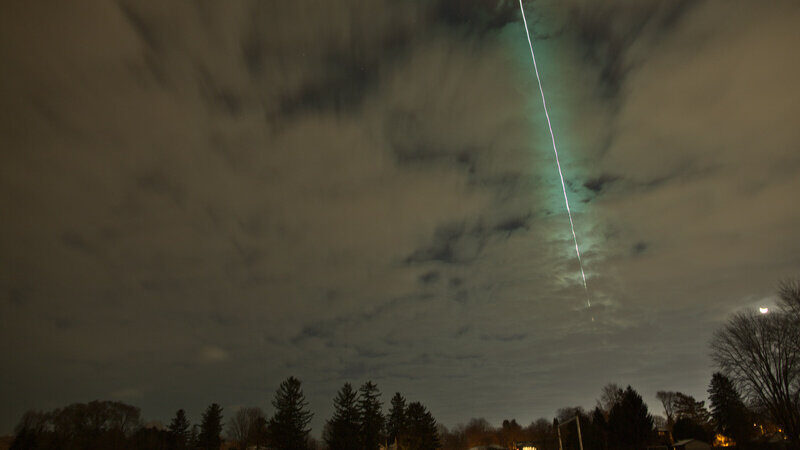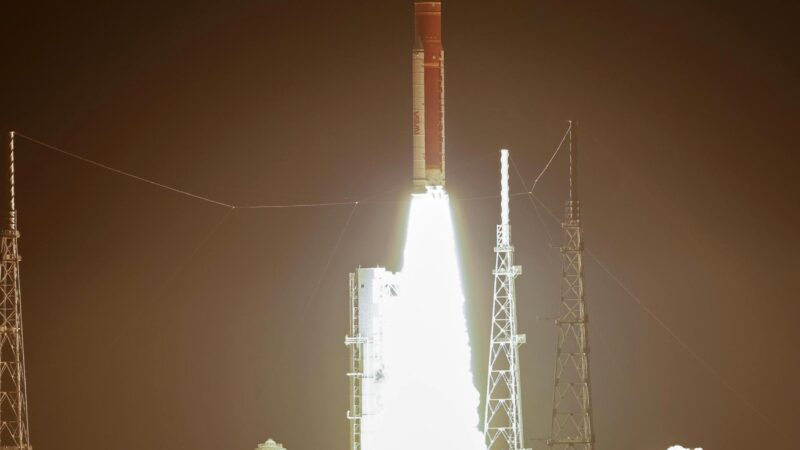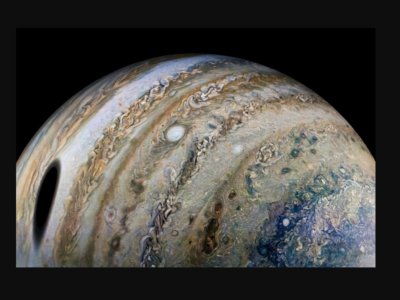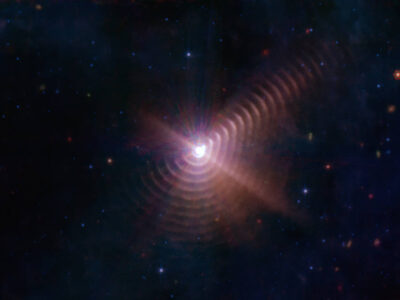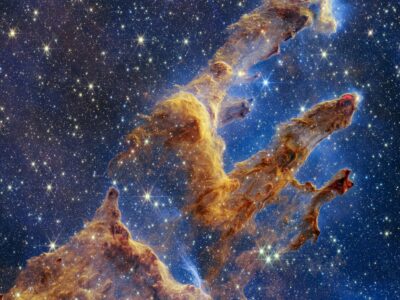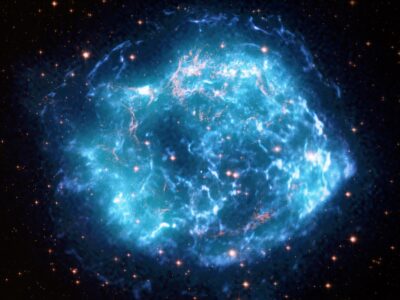The Big Bang from deep in the universe : Detect by NASA’s Swift, Fermi Missions
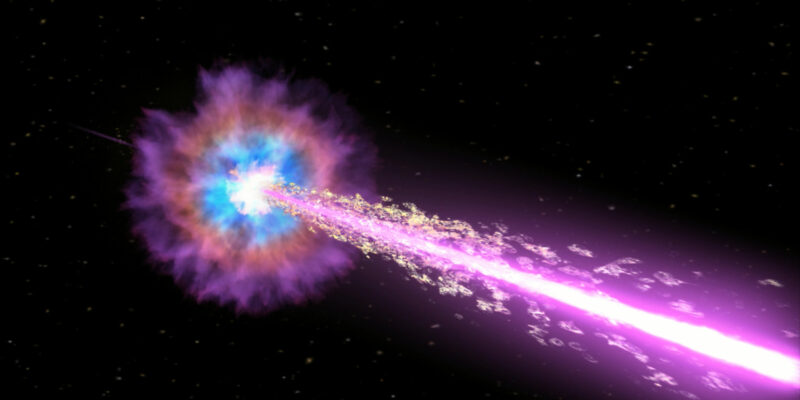
Overview
Astronomers around the world are captivated by an unusually bright and long-lasting pulse of high-energy radiation that swept over Earth Sunday, Oct. 9. The emission came from a gamma-ray burst ( GRB ) – the most powerful class of explosions in the universe – that ranks among the most luminous events known.[1]
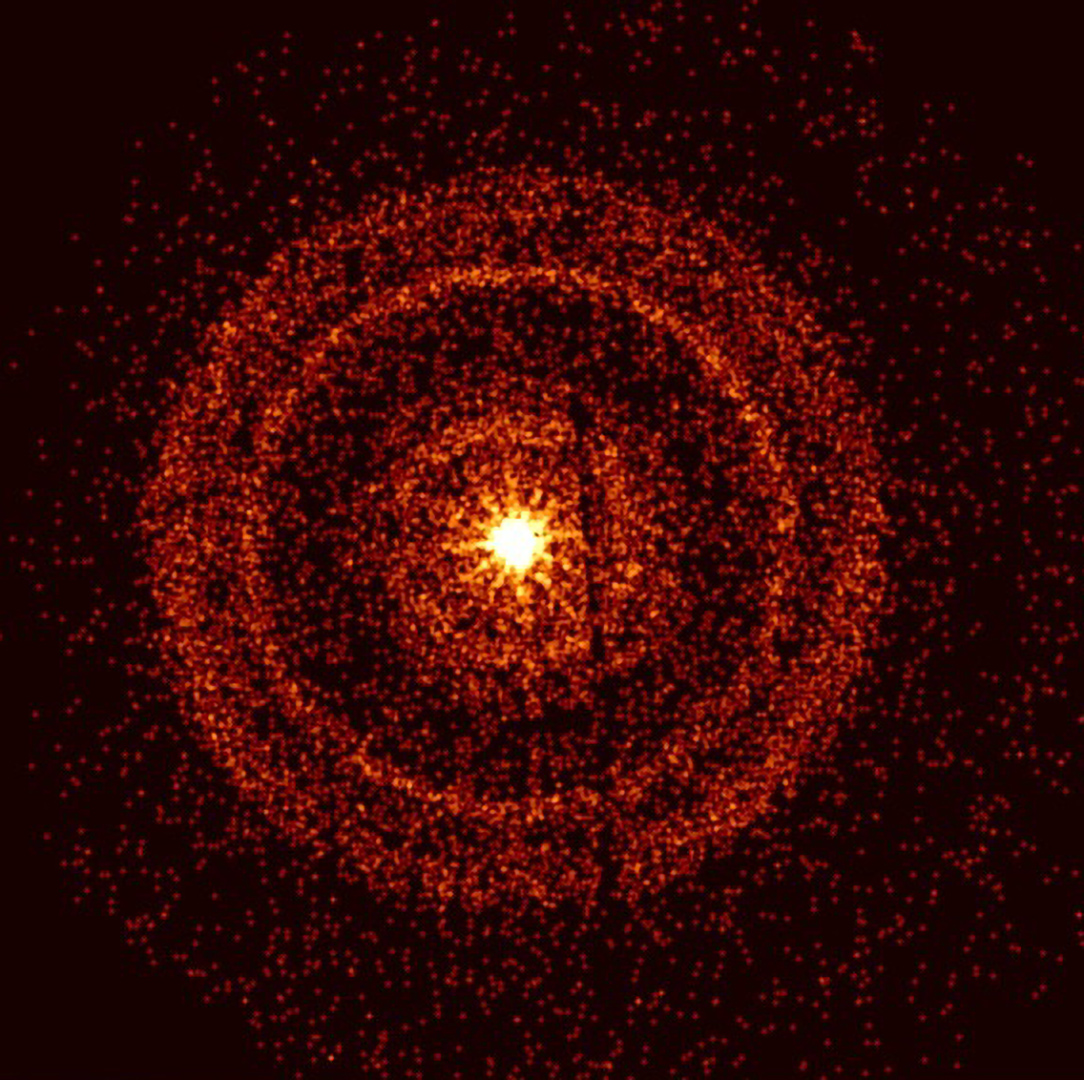
Swift’s X-Ray Telescope captured the afterglow of GRB 221009A about an hour after it was first detected. The bright rings form as a result of X-rays scattered from otherwise unobservable dust layers within our galaxy that lie in the direction of the burst. Credit: NASA
On Sunday morning Eastern time, a wave of X-rays and gamma rays passed through the solar system, triggering detectors aboard NASA’s Fermi Gamma-ray Space Telescope, Neil Gehrels Swift Observatory, and Wind spacecraft, as well as others. Telescopes around the world turned to the site to study the aftermath, and new observations continue.
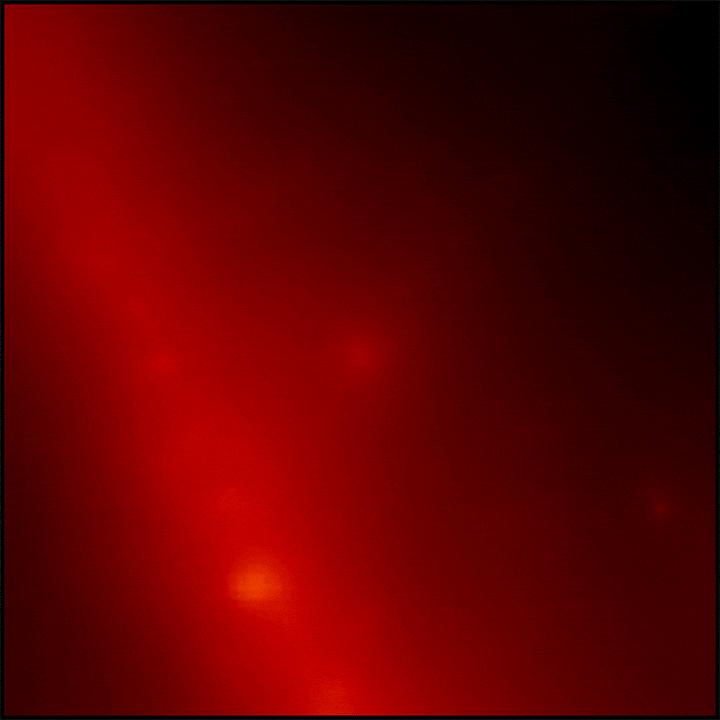
This sequence constructed from Fermi Large Area Telescope data reveals the sky in gamma rays centered on the location of GRB 221009A. Each frame shows gamma rays with energies greater than 100 million electron volts (MeV), where brighter colors indicate a stronger gamma-ray signal. In total, they represent more than 10 hours of observations. The glow from the midplane of our Milky Way galaxy appears as a wide diagonal band. The image is about 20 degrees across. Credit : NASA
Fermi Gamma-ray Space Telescope
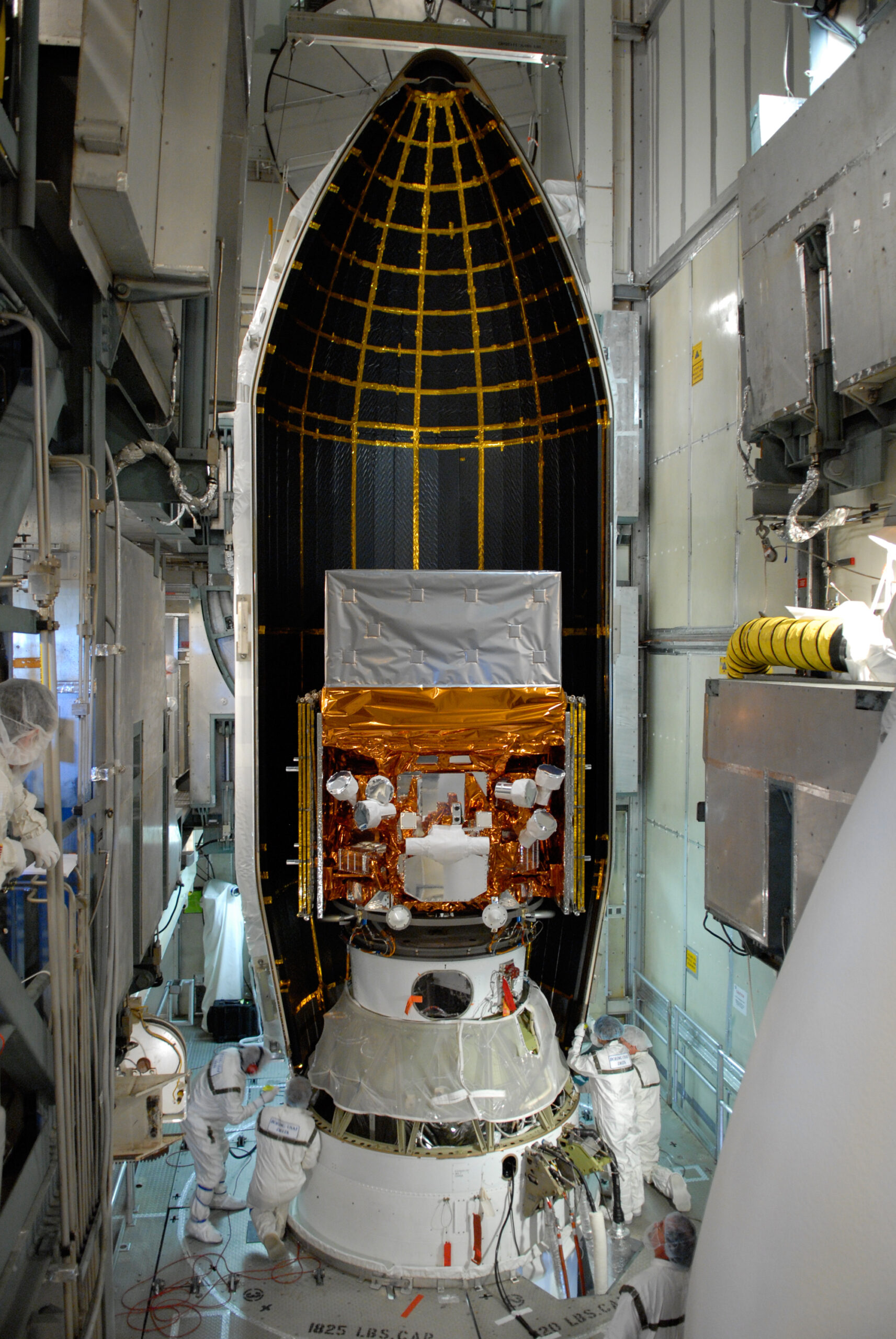
Fermi Gamma-ray Space Telescope
The Fermi Gamma-ray Space Telescope[2]( FGST , also FGRST ), formerly called the Gamma-ray Large Area Space Telescope ( GLAST ), is a space observatory being used to perform gamma-ray astronomy observations from low Earth orbit.
Its main instrument is the Large Area Telescope ( LAT ), with which astronomers mostly intend to perform an all-sky survey studying astrophysical and cosmological phenomena such as active galactic nuclei, pulsars, other high-energy sources and dark matter.
Another instrument aboard Fermi, the Gamma-ray Burst Monitor ( GBM ; formerly GLAST Burst Monitor ), is being used to study gamma-ray bursts and solar flares.
Neil Gehrels Swift Observatory
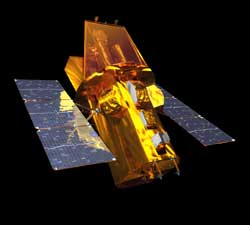
Neil Gehrels Swift Observatory
Neil Gehrels Swift Observatory[3], previously called the Swift Gamma-Ray Burst Explorer, is a NASA three-telescope space observatory for studying gamma-ray bursts ( GRBs ) and monitoring the afterglow in X-ray, and UV/Visible light at the location of a burst. It was launched on 20 November 2004, aboard a Delta II launch vehicle. The mission is operated by Pennsylvania State University as part of NASA’s Medium Explorer program ( MIDEX ).
The burst detection rate is 100 per year, with a sensitivity ~3 times fainter than the BATSE detector aboard the Compton Gamma Ray Observatory.
Wind ( spacecraft )
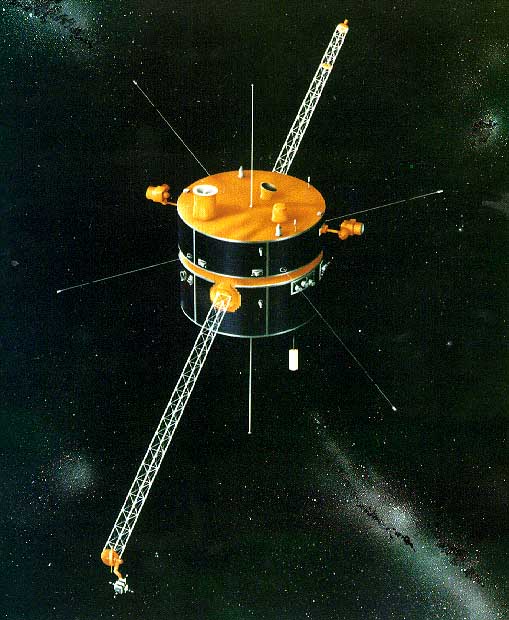
Wind ( spacecraft )
The Global Geospace Science[4] ( GGS ) Wind satellite is a NASA science spacecraft launched on 1 November 1994, at 09:31:00 UTC, from launch pad LC-17B at Cape Canaveral Air Force Station ( CCAFS ) in Merritt Island, Florida, aboard a McDonnell Douglas Delta II 7925-10 rocket. Wind was designed and manufactured by Martin Marietta Astro Space Division in East Windsor Township, New Jersey. The satellite is a spin-stabilized cylindrical satellite with a diameter of 2.4 m ( 7 ft 10 in ) and a height of 1.8 m ( 5 ft 11 in ).
It was deployed to study radio waves and plasma that occur in the solar wind and in the Earth’s magnetosphere. The spacecraft’s original mission was to orbit the Sun at the L1 Lagrangian point, but this was delayed to study the magnetosphere and near lunar environment when the Solar and Heliospheric Observatory ( SOHO ) and Advanced Composition Explorer ( ACE ) spacecraft were sent to the same location.
Detail
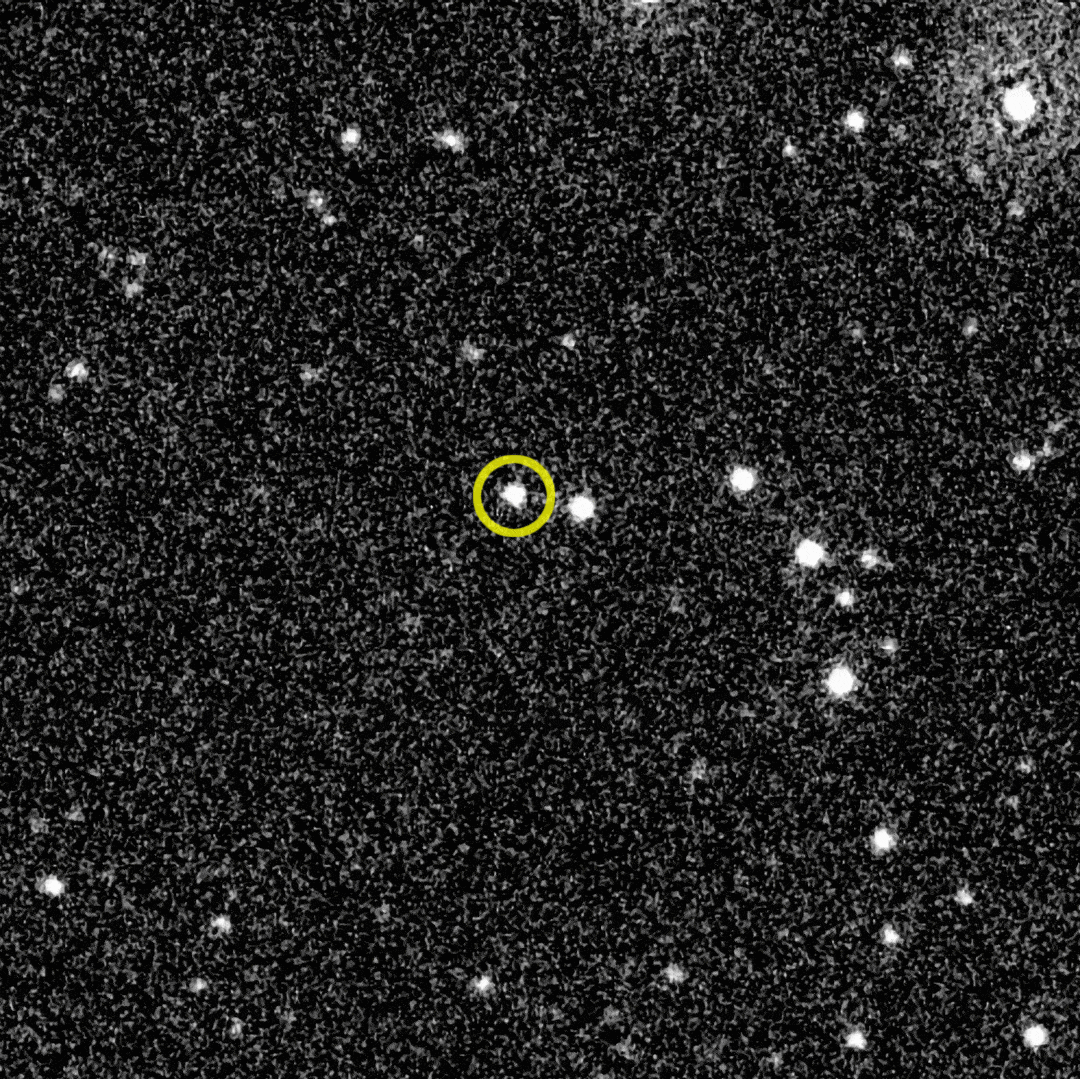
Images taken in visible light by Swift’s Ultraviolet/Optical Telescope show how the afterglow of GRB 221009A (circled) faded over the course of about 10 hours. The explosion appeared in the constellation Sagitta and occurred 1.9 billion years ago. The image is about 4 arcminutes across. Credit : NASA
Called GRB 221009A, the explosion provided an unexpectedly exciting start to the 10th Fermi Symposium, a gathering of gamma-ray astronomers now underway in Johannesburg, South Africa. “It’s safe to say this meeting really kicked off with a bang – everyone’s talking about this,” said Judy Racusin, a Fermi deputy project scientist at NASA’s Goddard Space Flight Center in Greenbelt, Maryland, who is attending the conference.
The signal, originating from the direction of the constellation Sagitta, had traveled an estimated 1.9 billion years to reach Earth. Astronomers think it represents the birth cry of a new black hole, one that formed in the heart of a massive star collapsing under its own weight. In these circumstances, a nascent black hole drives powerful jets of particles traveling near the speed of light. The jets pierce through the star, emitting X-rays and gamma rays as they stream into space.
The burst also provided a long-awaited inaugural observing opportunity for a link between two experiments on the International Space Station – NASA’s NICER X-ray telescope and a Japanese detector called the Monitor of All-sky X-ray Image ( MAXI ). Activated in April, the connection is dubbed the Orbiting High-energy Monitor Alert Network ( OHMAN ). It allows NICER to rapidly turn to outbursts detected by MAXI, actions that previously required intervention by scientists on the ground.
The light from this ancient explosion brings with it new insights into stellar collapse, the birth of a black hole, the behavior and interaction of matter near the speed of light, the conditions in a distant galaxy – and much more. Another GRB this bright may not appear for decades.
According to a preliminary analysis, Fermi’s Large Area Telescope ( LAT ) detected the burst for more than 10 hours. One reason for the burst’s brightness and longevity is that, for a GRB, it lies relatively close to us.
“This burst is much closer than typical GRBs, which is exciting because it allows us to detect many details that otherwise would be too faint to see,” said Roberta Pillera, a Fermi LAT Collaboration member who led initial communications about the burst and a doctoral student at the Polytechnic University of Bari, Italy. “But it’s also among the most energetic and luminous bursts ever seen regardless of distance, making it doubly exciting.”
References:
[1]NASA’s Swift, Fermi Missions Detect Exceptional Cosmic Blast | NASA
[2]Fermi Gamma-ray Space Telescope – Wikipedia

